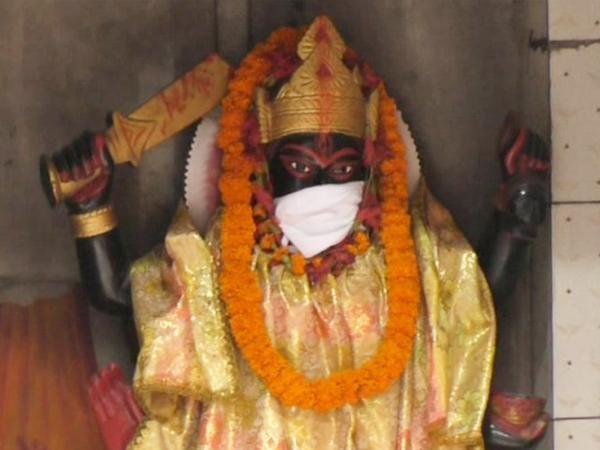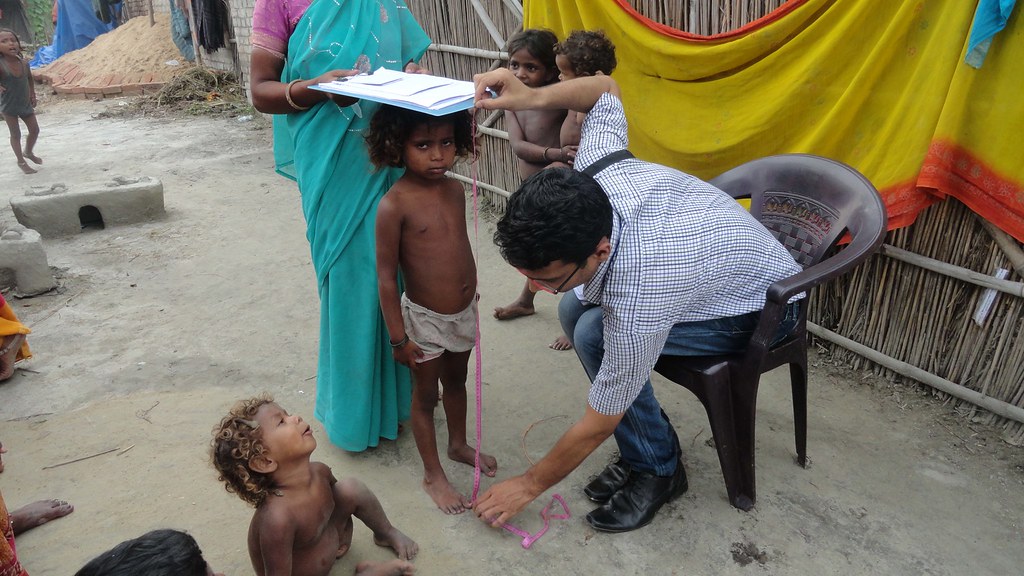Religion occupies a significant place among the people of India. Lockdown and the norms of physical distancing have transformed the way we practice our faith. By moving online, religious institutions have attempted to cultivate spiritual connection, even when their congregants are physically separated and even though there are demands for reopening religious institutions. This article emphasizes the importance of the sacred space and its dilution during the period of COVID-19.
The year 2020 has yielded more daunt than surprise, the worst of which is COVID-19, a deadly virus spread. It has left countries around the world to a grinding halt while they try to deal with the pandemic.It has caused people to remain locked at homes, schools to shut down, employees to work from home, migrants to work on foot for miles to reach back to their native villages and all religious places to shut down.

Religious Institutions and the Implications of the Lockdown
In India, religion has always been important and played an major role in people’s lives and also has a strong stake in the state and thus, it also has its own definition of being ‘secular’ – a state that participates and supports all religious groups in a neutral manner. However, all religious institutions were closed to contain the COVID-19 virus. While other institutions of business and education resorted to working from home and online classes, religious institutions too welcomed technology to reach out to devotees.
In such circumstances, it becomes the duty of religious service providers to provide satisfaction to the spiritual urge of the devotees and therefore online darshanas and prayers have become a complete solution. While the concept of online darshanas or prayers is not new, it has received its highest reverence in the current crisis in India. Through such practices, religious institutions continue to have their legitimacy and powerful hold among the devotees while everyone is expecting a solution from science in the form of a vaccine. Online access to temples and churches have provided an opportunity for the devotees to sit in the safety of their home and connect to God and Goddesses without defying the norms and guidelines of the lockdown or social distancing. In this paper, we will discuss how Hinduism and Christianity have embraced technology to reach out to their devotees.
Religion and Technology
Religion continues to have significant authority over culture and systemizing social behaviours and governmental policies. Religion has also shaped the technological aspects of communication. For example, it led Johannes Gutenberg in 1440 to invent the first movable and inexpensive printing press to disseminate the teachings and practices of the church (Kroeker, 2016).
COVID-19 has led us to think deeply about how we practice our beliefs and faith in God. During the lockdown, there were major religious events among most major religions in India; VaishnodeviYatra and Ganga Aarti among Hindus, Eid among Muslims, and Easter among Christians, all of these were celebrated like never before. Online conglomeration with other devotees and religious priests on platforms such as Facebook, YouTube, and even the most recent medium, Zoom gave them an opportunity to come close to their ultimate savior. It bestows a transcendental feeling and provides certain contentment, if not complete.
The priest on featuring on channels and conducting worships and prayers follow the social distancing norm with their mask on. Some virtual prayers always run online on YouTube and even on television, while some visits have to be pre-booked. Some bookings are also made limited and non-refundable. By moving online, religious institutions hope to cultivate spiritual connection, even when their congregants are physically separated. Simultaneously they also feel the pressure to provide high-quality, powerful content that will keep their members donating online.
Reclaiming the Sacred space
Despite online accessibility of the divine, we have also come across many instances where the devotees defied lockdown and norms of social distancing, some going even further to demand the opening of religious institutions. These phenomena require understanding in terms of ‘sacred space’. Thiessen and McAlphine (2013) argue that sacred space is the most significant reason for devotees to attend religious services. These scholars majorly dealt with Christian beliefs and practices, although the concept of sacred space is pertinent in almost all major religions and the degree of importance may vary. So the sacred space facilitates to center them ‘with some semblance of meaning and direction, transition and transformation in life’ (Thiessen and McAlphine, 2013, pp 134). Sacred space provides conglomeration with greater ascendancy to horizontal relationships between humans, more so than the vertical relationship between humans and God. All the objects belonging to the sacred place inculcate a sacred meaning to the community self. ‘They provide icons, symbols and predictable liturgical elements more likely to be understood, accepted and appreciated…’ (Thiessen and McAlphine, 2013, pp 134). This certainly wouldn’t be possible in the (profane) four walls of a home.
Thiessen and McAlphine (2013) also, highlight how ‘identity formation’ and ‘journey’ is associated with sacred place. A journey demands to move from home to a place of worship that signifies a transition from the profane world to a sacred space. It allows an opportunity of traversing through one’s personal sin towards spiritual renewal and life.
Although the government had considered religious institutions to open since the beginning of June 2020 following certain guidelines, many religious institutions chose to remain shut. The number of devotees visiting religious institutions has come down significantly. Prayers and darshanas, for the time being, has diluted the concept of sacred space and has invented a new mode of connecting to the divine.
With the growing number of infections, people seem to continue to rely on online prayers and darshanas. Social scientists initially thought that the growth of science will gradually bring about a rational thought process and people would simply do away with religion, but time has proven otherwise. Science and religion both share space and meaning (it might defer in degrees) in the life of individuals. People might rely on doctors for the treatment of COVID-19 and at the same time, pray to God for their wellbeing. In a way, we can say that science and technology have become mere catalysts through which God can operate and conduct his course.
Rukmani Sharma teaches at the Department of Sociology, Ghoshpukur College, North Bengal University, Siliguri, West Bengal.














